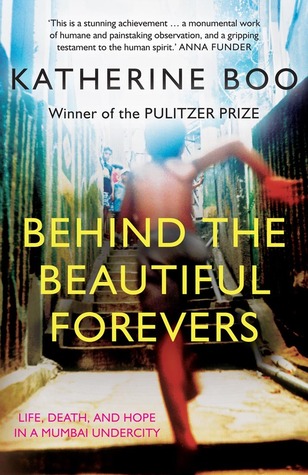More on this book
Community
Kindle Notes & Highlights
Read between
August 30 - September 3, 2020
Bad lungs were a toll you paid to live near progress.
Asha grasped many of her own contradictions, among them that you could be proud of having spared your offspring hardship while also resenting them for having been spared.
the poor of a country where corruption thieved a great deal of opportunity, corruption was one of the genuine opportunities that remained.
“You’re just sitting on so many tensions I don’t know which one to think about.”
Fatima thought wretched early years should be rounded out by a few good ones, which she had yet to have.
The Indian criminal justice system was a market like garbage, Abdul now understood. Innocence and guilt could be bought and sold like a kilo of polyurethane bags.
“We try so many things,” as one Annawadi girl put it, “but the world doesn’t move in our favor.”
Instead, powerless individuals blamed other powerless individuals for what they lacked. Sometimes they tried to destroy one another.
Poor people didn’t unite; they competed ferociously amongst themselves for gains as slender as they were provisional. And this undercity strife created only the faintest ripple in the fabric of the society at large. The gates of the rich, occasionally rattled, remained unbreached. The politicians held forth on the middle class. The poor took down one another, and the world’s great, unequal cities soldiered on in relative peace.
In places where government priorities and market imperatives create a world so capricious that to help a neighbor is to risk your ability to feed your family, and sometimes even your own liberty, the idea of the mutually supportive poor community is demolished. The poor blame one another for the choices of governments and markets, and we who are not poor are ready to blame the poor just as harshly.


